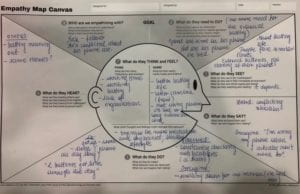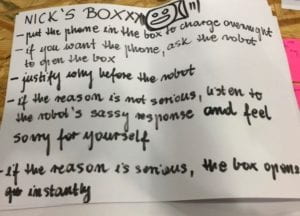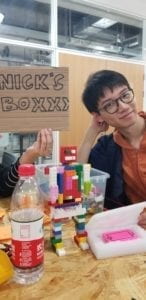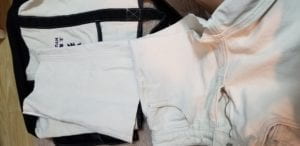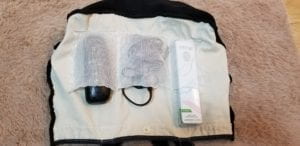After I started to carefully observing my surroundings, I realized there are so many thoughtless acts happened on every one in our daily life. It shows the interaction that human beings have with their surroundings. By observing these thoughtless actions, we can actually find out those small but necessary needs. It also helps inspire people’s idea for different designs. These are the thoughtless acts I observed in my daily life:
- Take group pictures using the reflection in the vitrine.
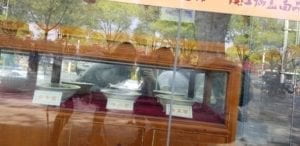
This Saturday, my friends and I had a trip in Zhenjiang. We had a mission to take a group of picture with some fake noodles exhibited in a vitrine. My friend came up with the idea to take picture of the vitrine which has both the noodles inside and our reflections on it. Therefore, we prevent having to made weird pose to include the noodles in.
- Use ears and head as holders to hold the glasses.
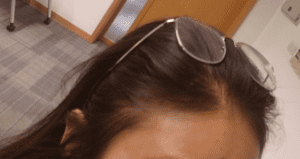
This can be seen a lot around us. Sometimes people don’t need to wear their glasses all the time but just need it at some points. Instead of putting it back in the case and take it out when we need it, many people just put the glass on their heads to save time and energy.
- Hang the coat on the chair back
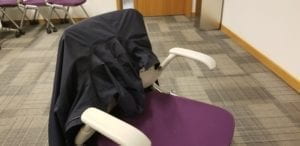
The back of the chair is a perfect place to hang our coat. You can see that happen at school, in the restaurant, etc.
- Wrap the key string around the bag strap
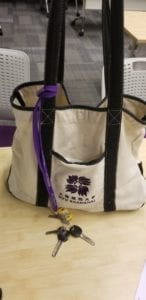
This is one of my own thoughtless acts. My keys are too small compare to my big bag. Wrapping it on the bag strap makes it much easier for me to find it and I always know it is there.
